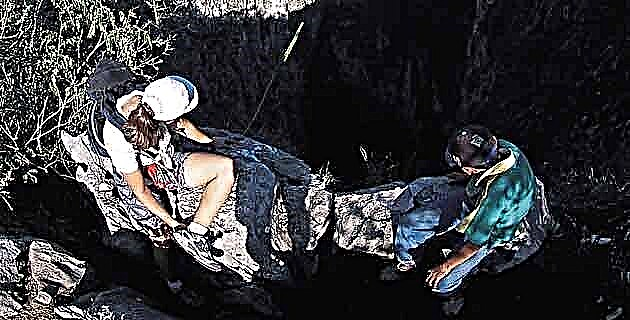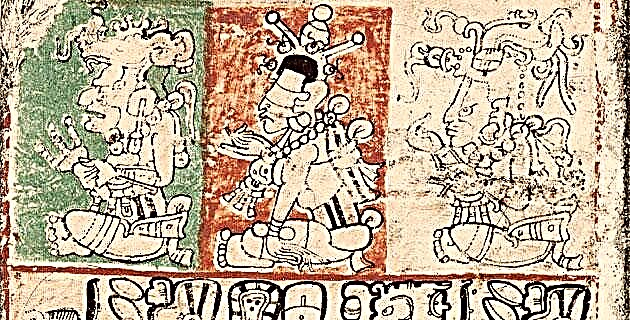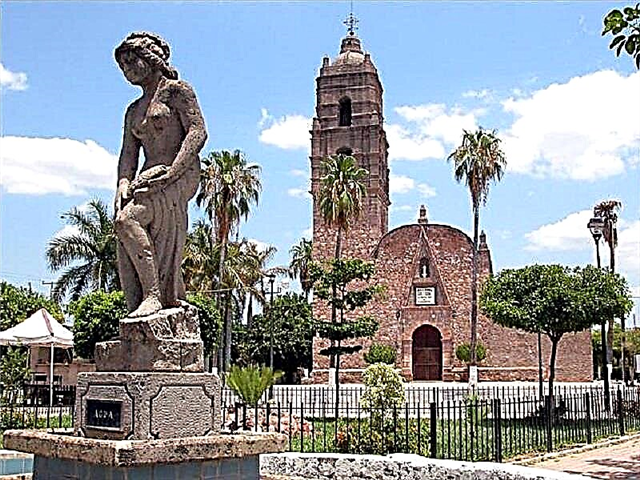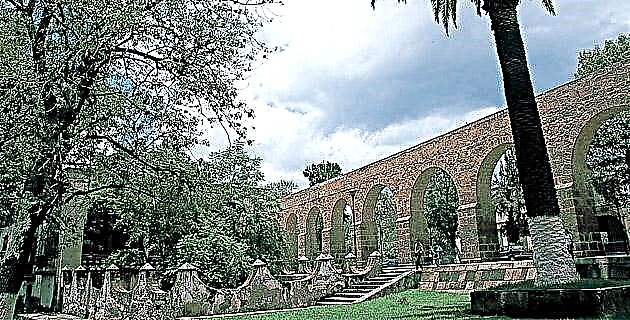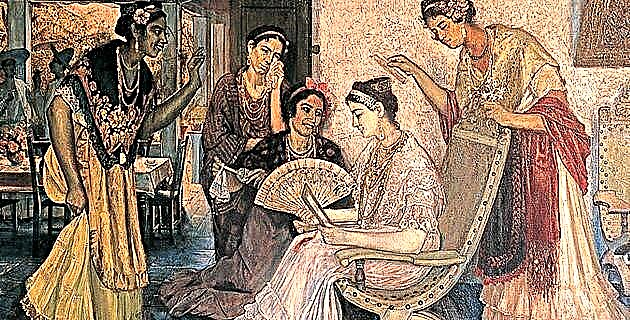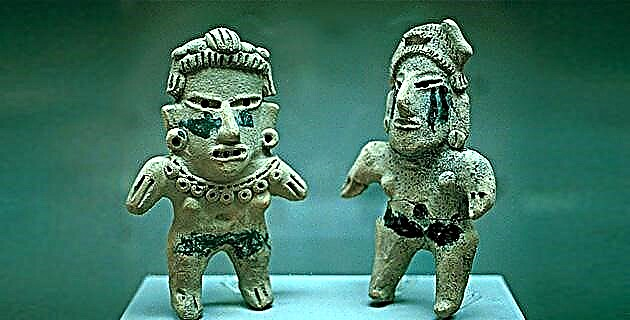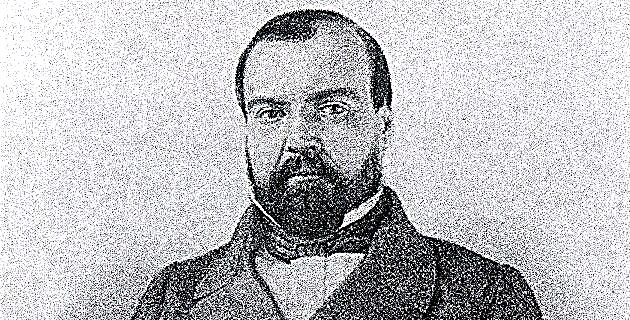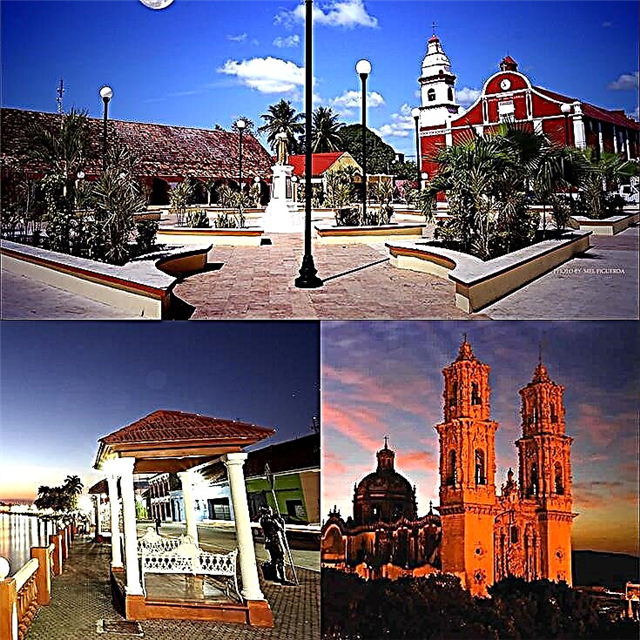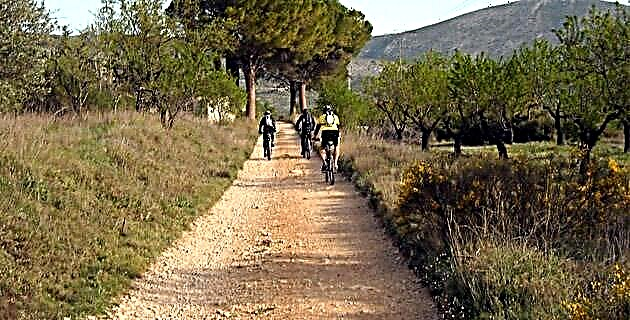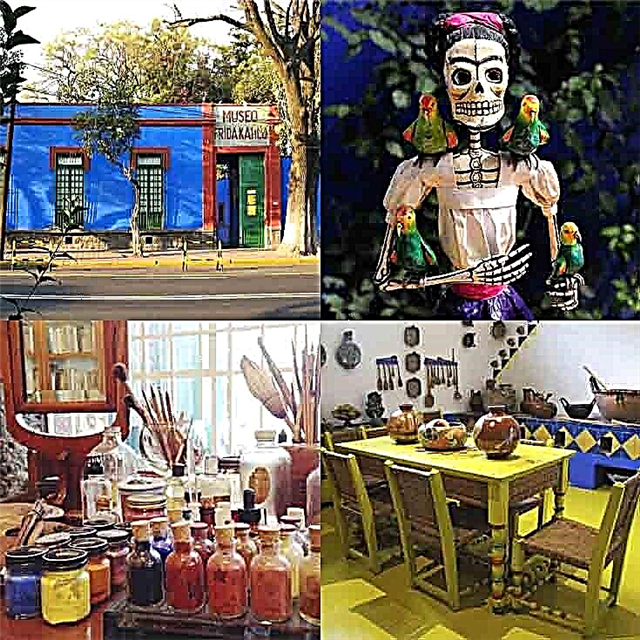A museum to fully know the most important female artistic character of Mexico.
Why a museum for Frida Kahlo?

Frida Kahlo is the most famous Mexican artist in history and one of the most relevant worldwide. His paintings, mainly his self-portraits, have received the worldwide qualification of masterpieces and give prestige to the museums, institutions and private collectors who own them.
But Frida was an exceptional being beyond her artistic work, due to her attitude towards life, her way of dressing and grooming, her turbulent relationship with Diego Rivera and the misfortune due to poliomyelitis and the atrocious traffic accident she suffered in 1925 , when he was only 18 years old.
Frida Kahlo is a national icon and her museum allows Mexicans and foreign visitors to get closer to the life and work of a symbol of Mexicanity.
Where does the Frida Kahlo Museum work?

Frida Kahlo was born and died in a house in Coyoacán located on the corner of London and Allende, called the Blue House, which is home to the museum that bears the artist's name.
There Frida gave her first brushstrokes and managed to continue painting semi-prostrate, with her body destroyed by the accident, while she entered the operating room again and again, until accumulating 32 interventions.
Although she lived in many places after her marriage to the no less famous Diego Rivera, Frida always considered that her true home was the Casa Azul and returned to it whenever she could.
The house was built by Frida's parents in 1904 and it is debated whether it was always painted blue. At least Frida painted it that color in her 1936 oil painting My grandparents, my parents and me.
What are the main spaces of the Blue House?

La Casa Azul has a garden that at the time was decorated by the Rivera-Kahlo couple with a variety of cacti, including nopales, magueys and biznagas. Over time, some trees were planted that now shade the place in a cozy way.
In one corner of the garden is a pyramid that was ordered to be built by Diego Rivera when the Blue House was enlarged to house the Russian politician León Trotsky.
The three-level pyramid and a staircase that runs along one of its faces, was decorated with objects of pre-Hispanic spirit, such as basalt carved skulls and archaeological pieces.

The Estudio de la Casa Azul was designed in 1944 by the Mexican painter and architect Juan O'Gorman and houses a collection of Frida's work objects and some pieces archaeological collected by the couple. Among the instruments that passed through the painter's hands are her brushes and the mirror she used to portray herself.
In Frida's personal bedroom, most of the space is occupied by a wooden four-poster bed, on which is the artist's death mask, made by the Durango sculptor Ignacio Asúnsolo.

On the ceiling of the bed there is a mirror that Ms. Matilde Calderón, Frida's mother, had installed to facilitate the painter's work after the accident.
The Blue House Kitchen is old-fashioned and filled with pieces of folk art collected by Frida and Diego. The couple liked to prepare their Mexican dishes the old-fashioned way, with firewood, even though gas stoves already existed.
The Casa Azul Dining Room has been preserved as the Rivera-Kahlo couple left it, with wooden storage rooms, papier-mâché judas and other pieces of popular art used by the couple to decorate the space.
What are the main works of Frida in the museum's permanent collection?

In the Frida Kahlo Museum you can find her work Portrait of my father Guillermo Kahlo. Carl Wilhelm Kahlo, Frida's father, whose name he Spanishized Guillermo himself, was a German photographer who settled in Mexico in 1891.
In the portrait painted by his daughter, Mr. Kahlo appears in a brown suit, wearing a thick mustache and showing behind him the camera with which he made a living in the studio he installed in Mexico City.
Although the portrait is not dated, it is known that it already existed in 1951, as it appears in a photo of Frida taken during an interview for the newspaper New arrivals.

With regard to some informational gaps in Frida Kahlo's work, it must be taken into account that the artist achieved celebrity several years after her death.
Another work of Frida in the museum is My family, an oil that he left unfinished and on which he worked in various stages, including in 1954, shortly before his death.
In the family chart with a genealogical tree structure, Frida's 4 grandparents appear in the upper part, in the center her parents and in the lower part are her 3 sisters, herself, 3 of her nephews and an unknown baby.

Frida and Caesarea It is an unfinished oil painting from 1931 that contains a dramatic symbolism, since one of the great frustrations of the artist was not having been able to have a child, not even with a cesarean section, due to the consequences of her accident, although she suffered two miscarriages. The painting was made in 1931, one year after the first abortion and 6 after the accident.
It is also in the Blue House Live life, the well-known oil painting with watermelons by Frida that the painter titled and dated 8 days before her death in 1954.
Likewise, it is exhibited in the museum Still life, a work from 1942 commissioned by the president of the republic, Manuel Ávila Camacho, to decorate the dining room of the official residence, but which was rejected by the president's wife, considering it extravagant and erotic.
Are there other objects in the museum linked to Frida's life?

There are two clocks made in the Barrio de La Luz, Puebla, which were artistically intervened by Frida and in which she captured an allegory of her turbulent relationship with Diego Rivera.
On the clock on the left, Frida alludes to her break with Rivera with the phrase “The hours were broken. 1939 September ”On the clock on the right it refers to the place, date and time of reconciliation with the expression“ In San Francisco California. December 8, 40 at eleven o'clock "
The American businessman Nelson Rockefeller gave Frida a specially designed easel for people with motor problems, which is in the Blue House.

Also on display in the museum is a collection of butterflies that was gifted to Frida by the American sculptor Isamu Noguchi, with whom the painter had a loving relationship.
Frida Kahlo's ashes are kept in the Casa Azul in a pre-Hispanic style container shaped like a toad, a design that symbolizes the artist's admiration for pre-Columbian civilizations and also her love for Rivera, who called himself the “ frog Toad"
Does the museum hold special exhibitions related to Frida's life?

In 2012, the exhibition entitled “Appearances can be deceiving: Frida Kahlo's dresses” was opened at the Blue House, which has had great resonance both in the world of art and in fashion.
This sample is the first made on Frida's clothing, with which the artist built part of her public image and which was made up of traditional Mexican pieces made for her comfort after her disabling accident.
Frida's clothing pieces were discovered in 2004 in her bathroom at the Casa Azul and have inspired notable couturiers such as Jean Paul Gaultier and Ricardo Tisci in the design of some of their collections.
What are the museum hours and prices and how do I get there?

The Frida Kahlo Museum is open from Tuesday to Sunday at two times; on Wednesdays it works between 11 AM and 5.45 PM, and the remaining days it opens at 10 AM and closes at 5:45 PM.
General rates are MXN 200 on weekdays and MXN 220 on weekends, with preferential prices according to nationality, age and other categories.
On Saturdays and Sundays, the "Fridabus - A day with Frida and Diego" program has been made available to the public, which consists of visiting the Frida Kahlo Museum and the Diego Rivera Anahuacalli Museum, both located in Coyoacan.

The package has a regular price of 150 MXN, with a preferential rate of 75 MXN for children under 12 years old, and includes entrance fees to the two museums and transportation between them. Transportation units have departures at 12:30, 2 PM and 3:30 PM.
To go to the museum by public transport you have to get to the Coyoacán metro station, served by Line 3 and then take a minibus on Avenida Coyoacán, heading to the center of the neighborhood. You have to get off at Calle Londres and finally walk 4 blocks to Casa Azul.
What do museum visitors think?

A total of 6,828 people who have visited the museum have recorded their opinion about it through the portal tripadvisor and 90% rate it between very good and excellent. Some of these views are as follows:
“For those who like history it is a must… .. The architecture of the house is beautiful and you discover many things about the famous painter” Sugeylin C.
"It is a pleasant visit for lovers of painting and fans of Frida" Begozi.
"It is one of the most beautiful places in Mexico City, you can go to the museum and end the day eating in one of the restaurants in downtown Coyoacán" Jazmín Z.
We hope that this guide will be useful to you during your visit to the Frida Kahlo Museum and that you give us your opinion after visiting it, to share it with our community of readers.
See also:
- Mexico City Natural History Museum: Definitive Guide
- Soumaya Museum: The Definitive Guide
- Museum Of The Mummies Of Guanajuato: Definitive Guide

